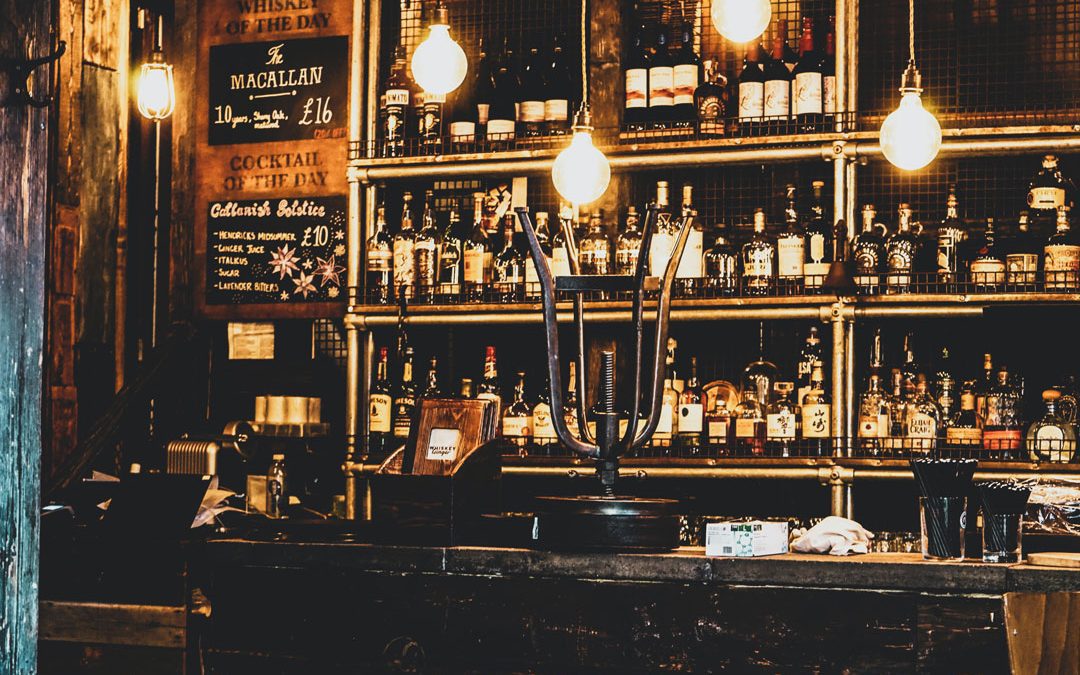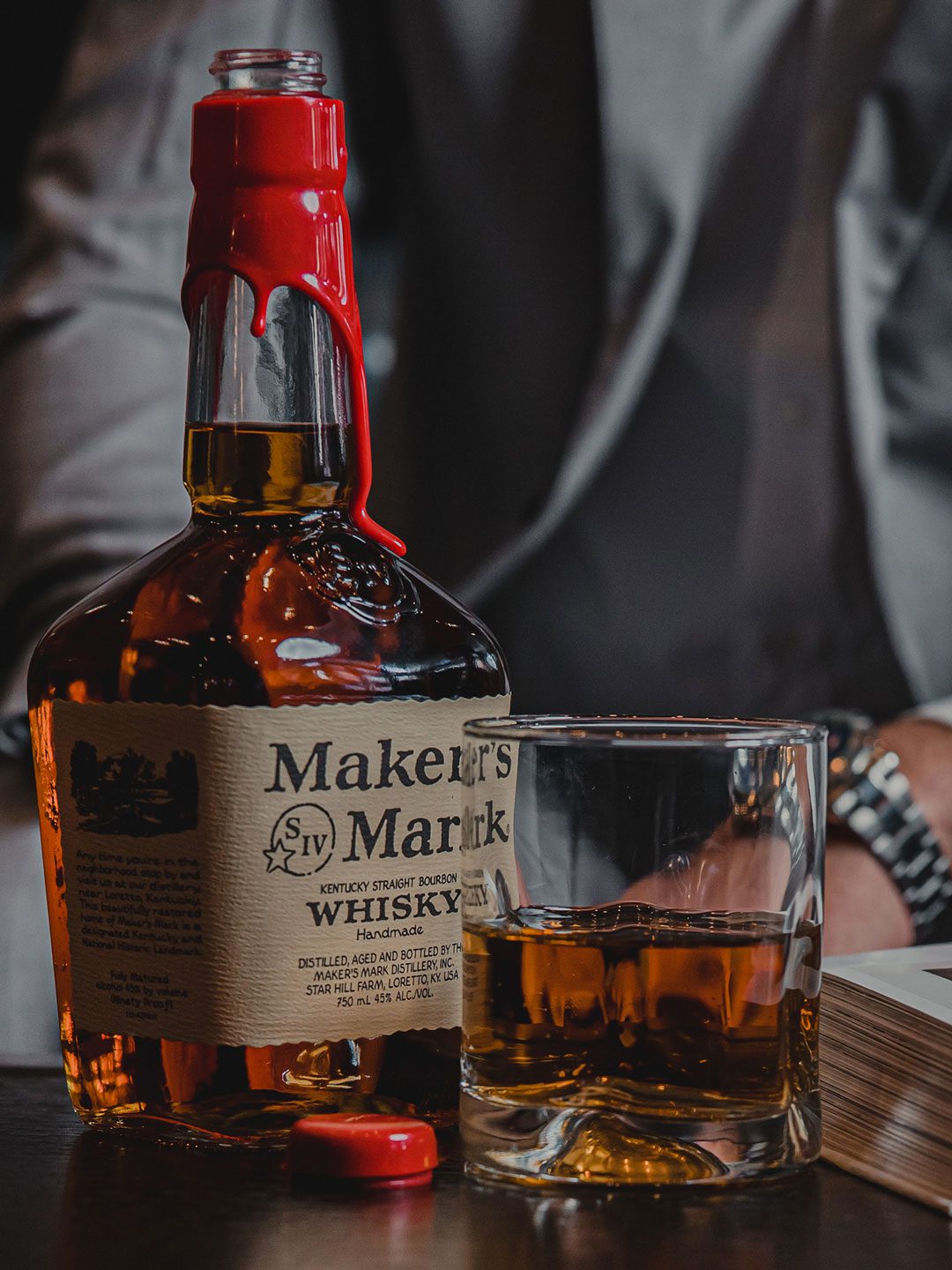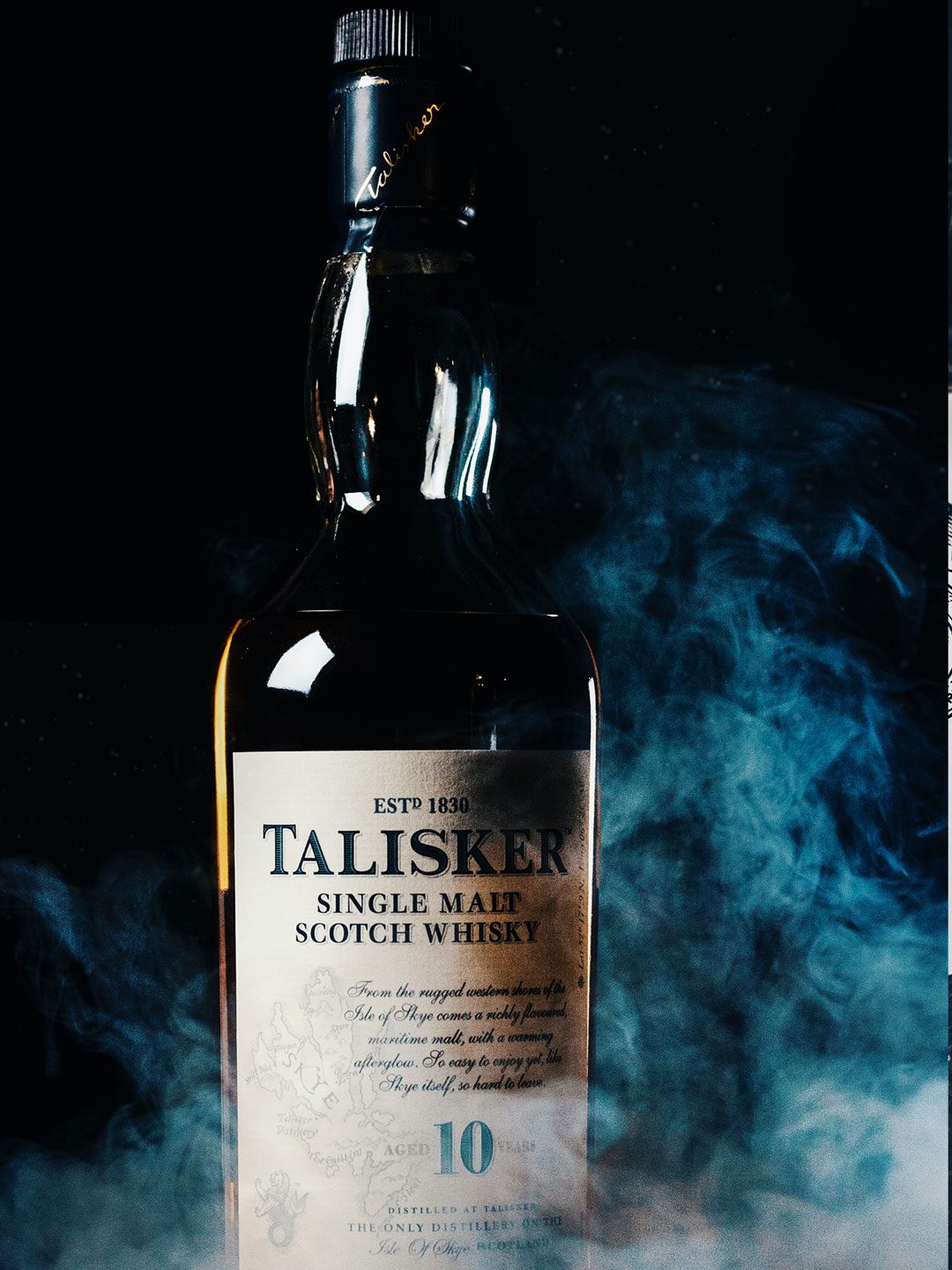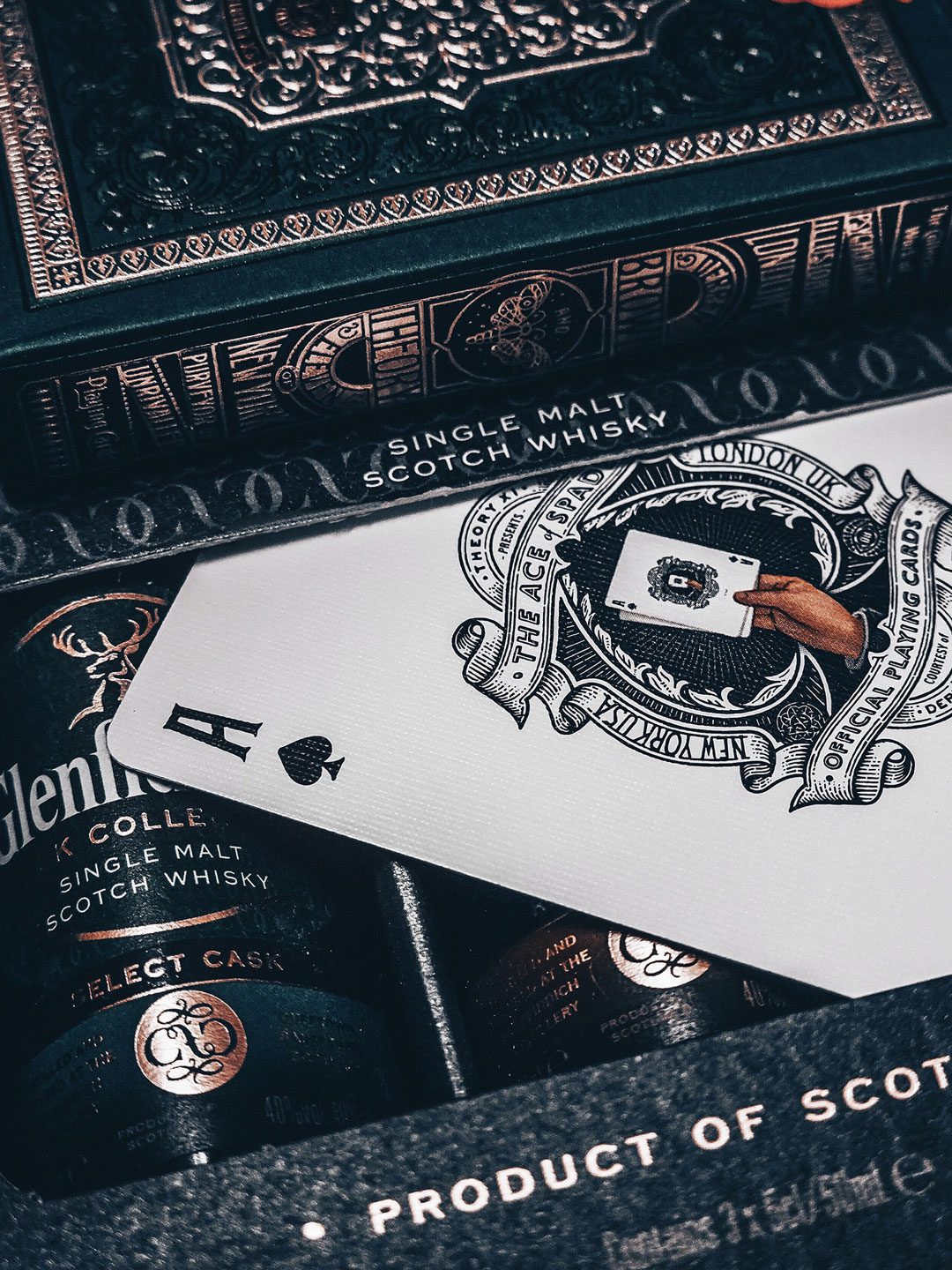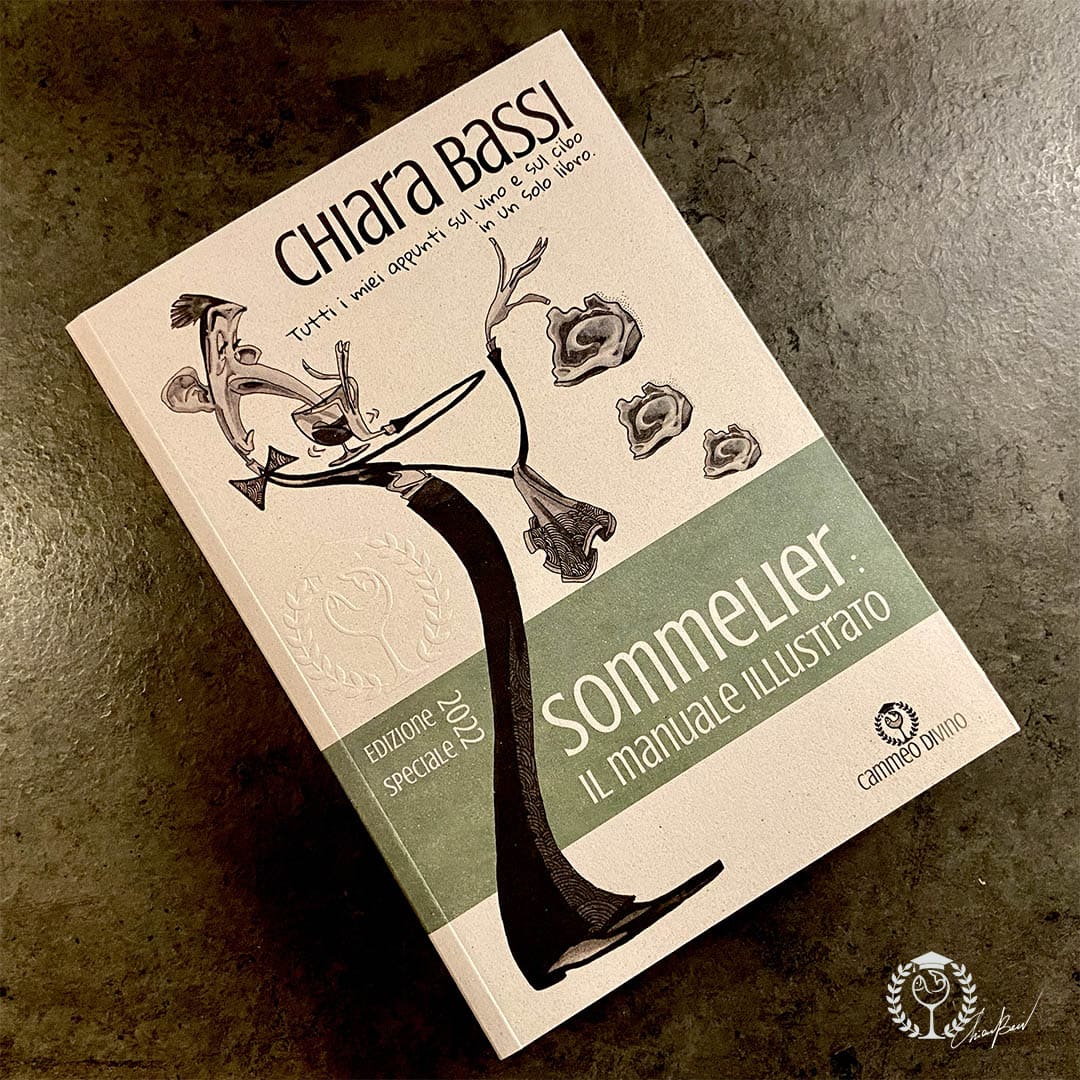Whisky or Whiskey? After writing this article on distillates and the distillation process, I decided to tell you about the most prized of all grain spirits (malted or unmalted): Whiskey. Whiskey is only Irish and American Whiskey, which follows precisely the same style of production. Choosing a good bottle of Whiskey that respects our tastes is not at all easy, also because just as there are many PDOs and many wineries, there are many styles and many distilleries. Before I write a 'targeted' article on choosing the best whisky (for you), I want to talk about styles and places of production.
Scotch whisky
In Scotland No Whisky can be bottled and released for distribution before it has spent at least 3 years in oak casks (usually malt Whiskies have 5, 7, 8, 10 years of ageing). The ideal period of cask ageing is said to be 10 - 15 years. The 4 historical areas of Scotch Whisky production are the Lowlands (softer), the Isle of Islay (very dry and peaty, often pungent, with a particular accent of seaweed), Campbeltown (salty note), Highlands (more complex and enveloping, smoky hint not too pronounced determined by the ageing in the casks where the Sherry has rested).
Irish whiskey
In IrelandWhiskey is produced, especially in County Cork. Obtained from malted and unmalted barley, with possible % of other grains, that produced only from unmalted barley (60-80 %) and malt (20-40 %) in discontinuous pot stills (larger than those in Scotland is called Alembic Whiskey (emphasising the importance the Irish give to the distiller). While Scotch Whiskeys are distilled twice, Irish Whiskey is obtained by triple distillation resulting in a cleaner and richer ethyl alcohol product. The alcohol content is then reduced with distilled water to 40° % vol. Ageing proceeds for at least 3 years, but almost never exceeds 10-12 years.
US whiskey
In United Statesin Kentucky County, Bourbon Whiskey is produced, characterised by a strong spicy vanilla note due to the passage in new charred barrels. Straight Bourbon must age for at least 2 years in new casks, but if they do not state the age, it means that they have been aged for at least 4 years. Again, never more than 10-12 years. Rye Whiskey, on the other hand, is an American classic, is made from at least 51 % rye and must be aged in new charred oak barrels. Straight Rye Whiskey must not have been stretched with pure alcohol and must have rested at least 2 years in wood. If the age is not stated, it means that it has been aged for at least 4 years. It has a spicy, bitter and menthol note.
Canadian whisky
In Canada Whisky is produced from rye with added corn with neutral alcohol to lighten the final taste. The rye is often malted to give the distillate more smoothness and fullness of flavour, which is slightly spicy with a typical bittersweet hint. Blending is based on 15-20 rye whisky made from must fermented with different yeasts, often with the addition of small parts of corn distillates, unmalted barley and a Bourbon-type whisky. By law, Canadian Whisky must rest for at least 3 years in small casks used for Sherry, Bourbon or Brandy, or new (which brings the sweet note of vanilla). Here, too, it never exceeds 10 to 12 years.
Japanese whisky
In Japan lightly peated malted barley is used. It is double-fermented in stills and the resulting malt whisky is aged in new, mostly charred oak casks, or casks used for Sherry or Bourbon. A small part is marketed as Single Malt while the rest is blended with grain Whiskies distilled in continuous columns to create the various Blends. It differs from Scotch Whisky in the intensity of the aroma and in the nuanced aromaticity of the peat that leaves room for malt.
You can now subscribe to my newsletter or scroll down the page to continue reading the article! 😉
Malt whisky
Since the 15th century, monks in Scotland have distilled malt Whisky from barley, peat and pure water. The classic Whisky produced in Scotland is called Single Malt and is made only from malted barley from a single distillery. If instead the Pure barley malt whiskies from various distilleries are blended to blend the best characteristics you get a Vatted commonly called Pure Malt.
The ripe, dry barley grains are soaked in steeping tanks for 2-3 days to absorb the water necessary for germination. Once the excess water has been removed, the wet barley is spread, in layers of about 50 cm, on the floor of well-ventilated buildings called malting houses. Here it is turned with the help of mechanical systems or, rarely, by hand.
The grains sprout and the starch is transformed into maltose by the action of enzymes. After about 8 days, the sprouting of the green malt thus obtained is stopped by blowing hot air from burning peat, which gives the barley its typical smoky aroma and taste.
Once the grains have been dried and the rootlets removed, they are milled and a flour is produced, which is then added with water at around 70° and placed in infusion vats (underback). In these, the mixture is stirred for hours to extract the soluble sugars. The unfermented boiling wort (wort) is filtered to separate the grains, cooled to 20°C and transferred to large tanks (washbacks) into which selected yeasts are added to start the fermentation process.
The sugars ferment and in the first 36-48 hours foam and heat develop into a still liquid with 7-9 % of alcohol. This fermented 'wash' undergoes a double distillation in typical copper stills (pot stills), the shape of which influences the character of the Whisky. In the larger (wash still) the first distillation produces a liquid with 20-24 % of alcohol (low wine), which undergoes a second distillation in a smaller still (low wine still). Here, the heads and tails are removed and only the heart is kept, with about 65-72 % of ethyl alcohol.
Then the alcohol content is reduced with a little distilled water to 60-62 % and it is put to age in oak barrels, often already used for resting Sherry or Port, Whisky or Bourbon until it is ready to be bottled.
Grain whisky
Around 1850, Whiskies made from cereals (wheat and maize) called Grain Whisky (or Industrial Whiskies), distilled in column or continuous systems. If they are obtained from a single distillery they are called Single Grainif one or more Grain Whiskies and one or more Malt Whiskies are blended, they are called Blended Scotch Whisky.
They are obtained from cereals that are not malted but finely ground and cooked at high temperature. After brewing and fermentation, distillation is continuous and takes place in a rectifying column called a coffey still: the heads are collected at the top of the column, the heart in the middle one and the tails at the base.
This type of distillation is quick, inexpensive and produces larger quantities. Its product is rather neutral and lacks a strong personality, qualities that make it ideal for blending or mixing, as well as for cocktail production.
Blended Whisky
"Distillation is a science, blending an art" stated Samuel Bronfman. Blending is the art of combining top-quality, selected and aged Whiskies, each with its own flavour, with such skill that the whole is better than the sum of its parts, with none predominating over the other. They are created by the skilful blending of one or more whiskies of different grains, origins and ageing, and were created around 1850 for both cost and sales reasons. The best blends are with a higher proportion of malt Whiskies and an ageing of more than 8 years. Standard, Premium, De Luxe and Super De Luxe are arbitrary definitions attributed by the producers but without legal notations.
The age on the label indicates that whiskies aged more than those years have been used in blending. Commercial reasons and the evaporation from the casks of about 2-3 % of whisky per year lead to the market introduction of younger and therefore cheaper products with an easier taste and consumption.
Irish Blends are made from a mixture of various Whiskeys obtained by industrial distillation in column stills.
I sincerely hope you enjoyed and found this article useful.
Cheers 🥃
Chiara

